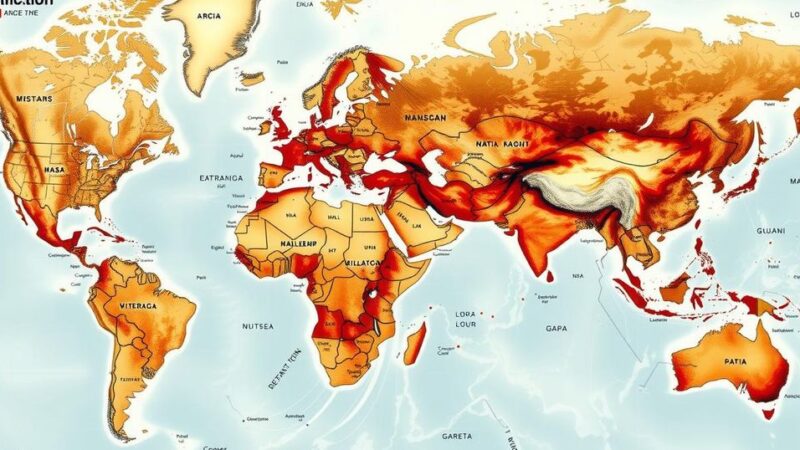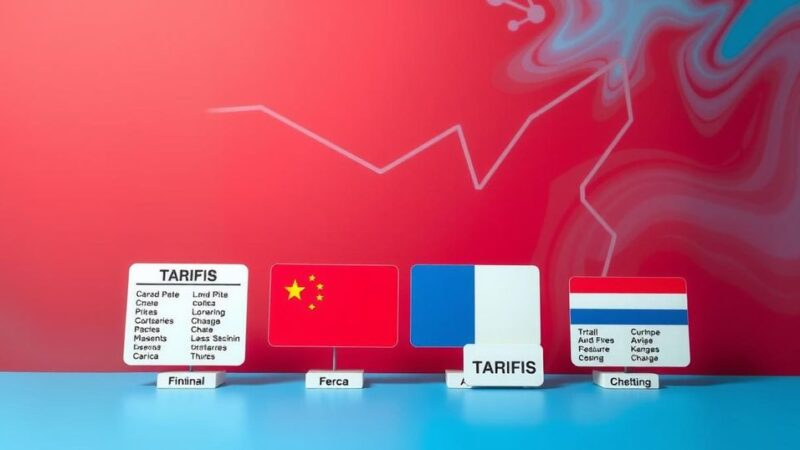The Trump administration is considering a travel ban affecting citizens of 43 countries, categorized into red and orange lists. An absolute ban is suggested for 11 countries, while 10 others would face travel restrictions with in-person visa interviews. A yellow list for 22 countries may also be implemented, requiring compliance within 60 days. The proposal is under review and can potentially influence U.S. foreign relations.
The Trump administration is contemplating a broader travel ban that could impact citizens from up to 43 countries. This new initiative, according to officials acquainted with the internal discussions, would introduce a list categorizing countries based on the level of restrictions imposed.
A preliminary draft has identified an absolute ban on entries from 11 nations deemed high-risk, including Afghanistan, Cuba, and Venezuela. This red list may evolve before reaching final approval, as it is currently undergoing reviews by State Department officials and security agencies to ensure its accuracy and alignment with U.S. policies.
Additionally, a secondary orange list has been proposed, which comprises 10 countries where travel would be heavily restricted; affluent travelers may still be permitted entry. Countries like Belarus and Myanmar feature on this list, with applicants required to undergo mandatory, in-person interviews for visa applications.
President Trump’s executive order, issued at the beginning of his current term, mandates the State Department to compile a list of countries needing vetting improvements. The report is due next week, highlighting an accelerated approach to national security concerns.
There is uncertainty regarding whether existing visa holders would be exempt from the travel ban, as well as concerns over how the proposed restrictions may affect relations with certain nations like Russia and Venezuela.
The administration also plans to introduce a yellow list of 22 countries, which will be monitored and given time to address deficiencies in cooperation with U.S. security practices. Countries such as Angola and Zimbabwe appear on this list, with the possibility of severe repercussions should they fail to comply.
In summary, the proposed travel ban under the Trump administration aims to identify and categorize countries based on perceived threats to national security. The plan includes a red list with outright bans, an orange list with travel restrictions, and a yellow list mandating improvements in cooperation. The implications of such policies may significantly impact U.S. foreign relations and the lives of individuals from the affected countries.
Original Source: risingnepaldaily.com






